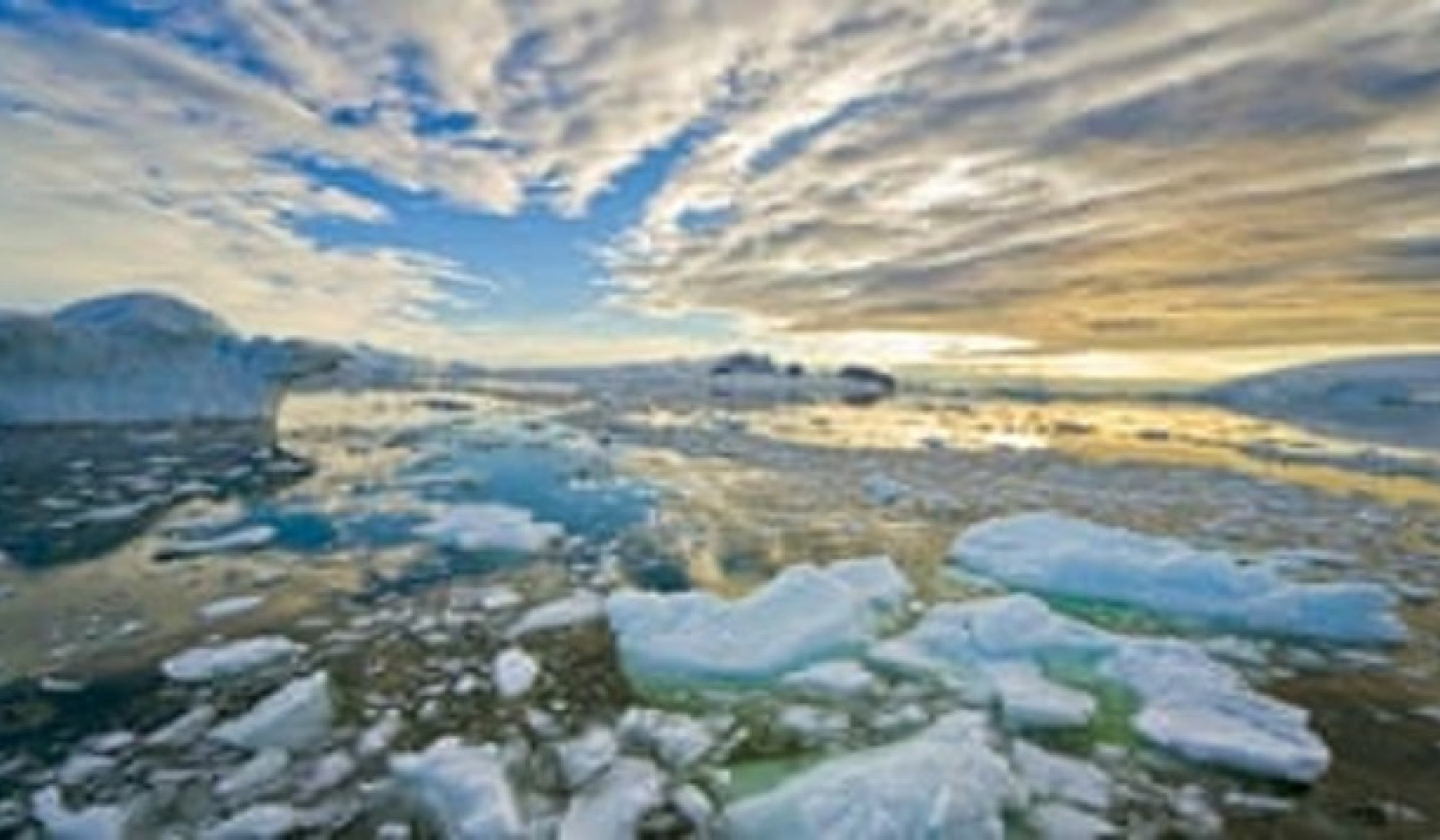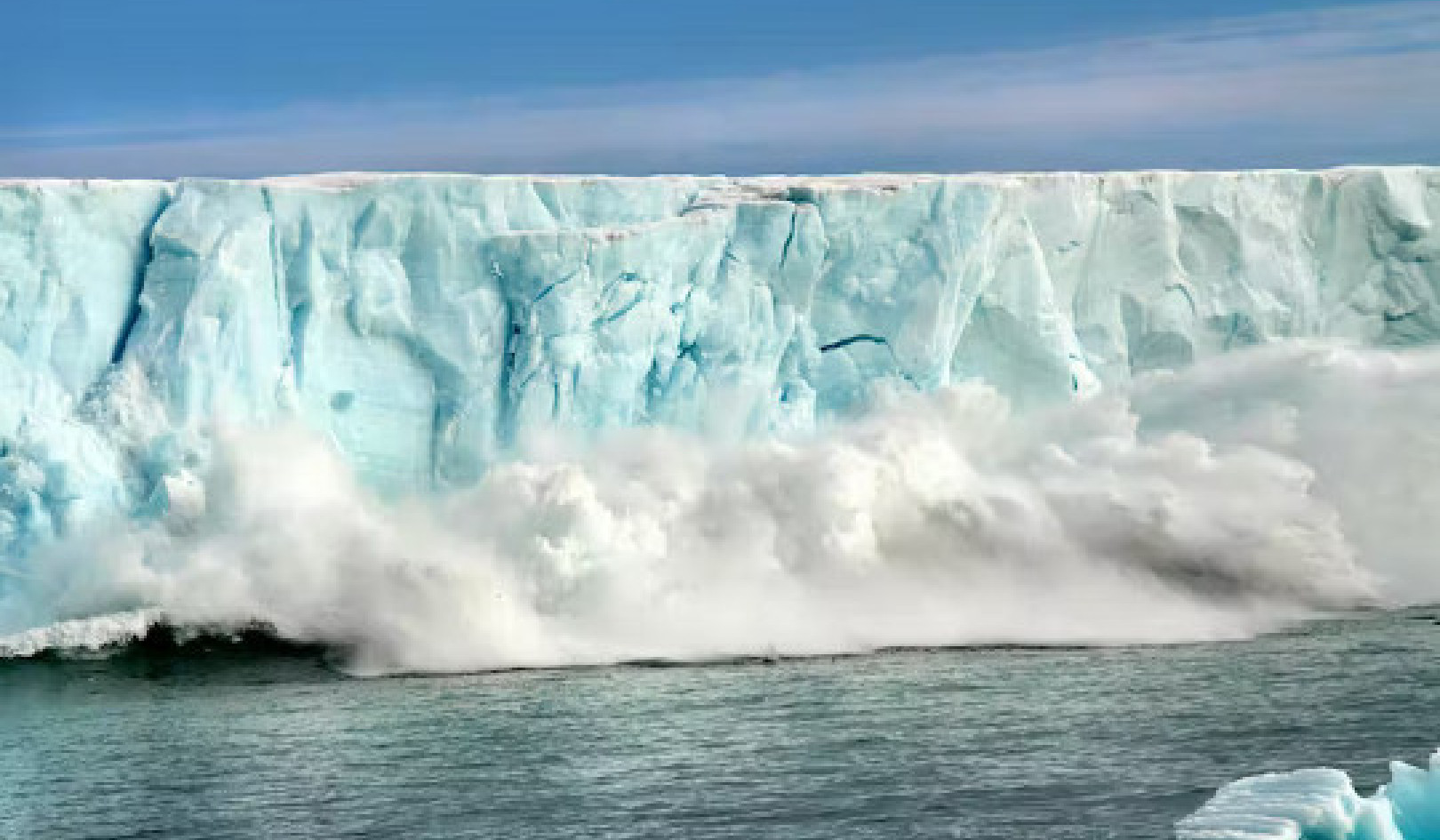
The researchers studied sponge specimens from the Eastern Caribbean. Shutterstock
Global temperatures have already exceeded 1.5°C warming and may pass 2°C later this decade, according to a world-first study I led. The worrying findings, based on temperature records contained in sea sponge skeletons, suggest global climate change has progressed much further than previously thought.
Human-caused greenhouse gas emissions drive global warming. Obtaining accurate information about the extent of the warming is vital, because it helps us understand if extreme weather events are more likely in the near future, and whether the world is making progress in reducing emissions.
To date, estimates of upper ocean warming have been mainly based on sea-surface temperature records, however these date back only about 180 years. We instead studied 300 years of records preserved in the skeletons of long-lived sea sponges from the Eastern Caribbean. In particular, we examined changes in the amount of a chemical known as “strontium” in their skeletons, which reflects variations in seawater temperatures over the organism’s life.
Keeping the average global temperature rise below 1.5°C since pre-industrial times is a goal of the 2015 Paris climate deal. Our research, published in Nature Climate Change, suggests that opportunity has passed. Earth may in fact have already reached at least 1.7°C warming since pre-industrial times – a deeply troubling discovery.
Getting a gauge on ocean heat
Global warming is causing major changes to the Earth’s climate. This was evident recently during unprecedented heatwaves across southern Europe, China and large parts of North America.
Oceans cover more than 70% of Earth’s surface and absorb an enormous amount of heat and carbon dioxide. Global surface temperatures are traditionally calculated by averaging the temperature of water at the sea surface, and the air just above the land surface.
But historical temperature records for oceans are patchy. The earliest recordings of sea temperatures were gathered by inserting a thermometer into water samples collected by ships. Systematic records are available only from the 1850s – and only then with limited coverage. Because of this lack of earlier data, the Intergovernmental Panel on Climate Change has defined the pre-industrial period as from 1850 to 1900.
But humans have been pumping substantial levels of carbon dioxide into the atmosphere since at least the early 1800s. So the baseline period from which warming is measured should ideally be defined from the mid-1700s or earlier.
What’s more, a series of exceptionally large volcanic eruptions occurred in the early 1800s, causing massive global cooling. This makes it more difficult to accurately reconstruct stable baseline ocean temperatures.
But what if there was a way to precisely gauge ocean temperatures over centuries in the past? There is, and it’s called “sclerosponge thermometry”.
Studying a special sponge
Sclerosponges are a group of sea sponges that resemble hard corals, in that they produce a carbonate skeleton. But they grow at a much slower rate and can live for many hundreds of years.
The skeletons incorporate a number of chemical elements including strontium and calcium. The ratio of these two elements varies during warmer and cooler periods. This means sclerosponges can provide a detailed diary of sea temperatures, down to a resolution of just 0.1°C.
We studied the sponge species Ceratoporella nicholsoni. They occur in the Eastern Caribbean, where the natural variability of upper ocean temperatures is low which makes it easier to tease out the effects of climate change. We wanted to investigate temperatures in a part of the ocean known as the “ocean mixed layer”. This is the upper part of the ocean, where heat is exchanged between the atmosphere and the ocean interior.
We looked at temperatures going back 300 years, to see whether the current time period which defines pre-industrial temperatures was accurate. So what did we find?
The sponge records showed nearly constant temperatures from 1700 to 1790 and from 1840 to 1860 (with a gap in the middle due to volcanic cooling). We found a rise in ocean temperatures began from the mid-1860s, and was unambiguously evident by the mid-1870s. This suggests the pre-industrial period should be defined as the years 1700 to 1860.
The implications of these findings are profound.
What does this mean for global warming?
Using this new baseline, a very different picture of global warming emerges. It shows human-caused ocean warming began at least several decades earlier than previously assumed by the IPCC.
Long-term climate change is commonly measured against the average warming over the 30 years from 1961 to 1990, as well as warming in more recent decades.
Our findings suggest that in the interval between the end of our newly defined pre-industrial period and the 30-year average mentioned above, the temperatures of the ocean and land surface increased by 0.9°C. This is far more than the 0.4°C warming the IPCC has estimated, using the conventional timeframe for the pre-industrial period.
Add to that the average 0.8°C global warming from 1990 to recent years, and the Earth may have warmed on average by at least 1.7°C since pre-industrial times. This suggests we have passed the 1.5°C goal of the Paris Agreement.
It also suggests the overriding goal of the agreement, to keep average global warming below 2°C, is now very likely to be exceeded by the end of the 2020s – nearly two decades sooner than expected.
Our study has also produced another alarming finding. Since the late 20th century, land-air temperatures have been increasing at almost twice the rate of surface oceans and are now more than 2°C above pre-industrial levels. This is consistent with well-documented decline in Arctic permafrost and the increased frequency around the world of heatwaves, bushfires and drought.
We must act now
Our revised estimates suggest climate change is at a more advanced stage than we thought. This is cause for great concern.
It appears that humanity has missed its chance to limit global warming to 1.5°C and has a very challenging task ahead to keep warming below 2°C. This underscores the urgent need to halve global emissions by 2030.![]()
Malcolm McCulloch, Professor, The University of Western Australia
This article is republished from The Conversation under a Creative Commons license. Read the original article.

Related Books:
The Future We Choose: Surviving the Climate Crisis
by Christiana Figueres and Tom Rivett-Carnac
The authors, who played key roles in the Paris Agreement on climate change, offer insights and strategies for addressing the climate crisis, including individual and collective action.
Click for more info or to order
The Uninhabitable Earth: Life After Warming
by David Wallace-Wells
This book explores the potential consequences of unchecked climate change, including mass extinction, food and water scarcity, and political instability.
Click for more info or to order
The Ministry for the Future: A Novel
by Kim Stanley Robinson
This novel imagines a near-future world grappling with the impacts of climate change and offers a vision for how society might transform to address the crisis.
Click for more info or to order
Under a White Sky: The Nature of the Future
by Elizabeth Kolbert
The author explores the human impact on the natural world, including climate change, and the potential for technological solutions to address environmental challenges.
Click for more info or to order
Drawdown: The Most Comprehensive Plan Ever Proposed to Reverse Global Warming
edited by Paul Hawken
This book presents a comprehensive plan for addressing climate change, including solutions from a range of sectors such as energy, agriculture, and transportation.





















